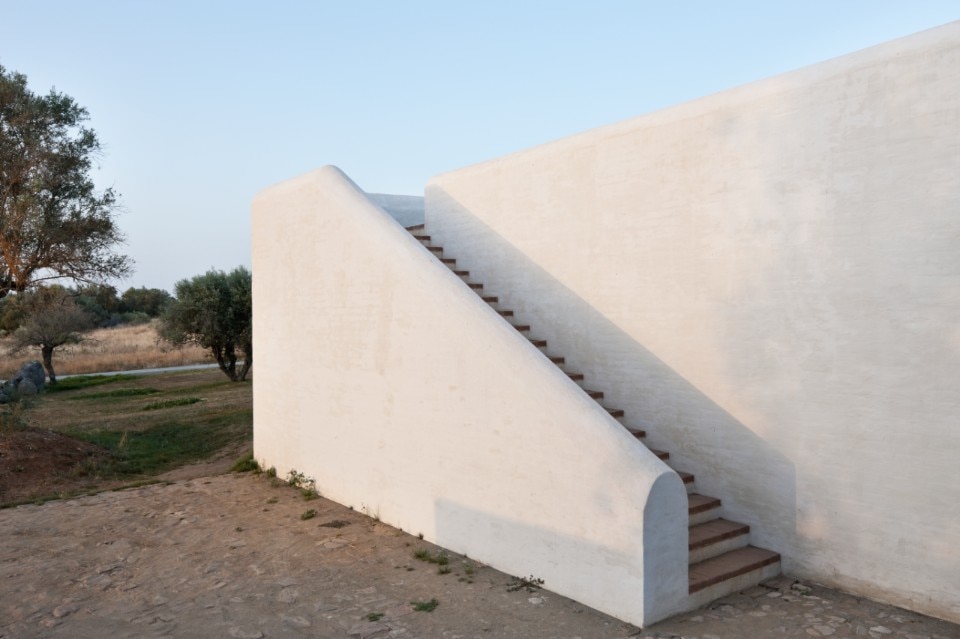
The pavilion occupies an area of 900 sqm, overlooking the Decumano (main east-west road). The initial matrix of the project is the intelligent network that Enel created to power the Expo site. The basic element of the space – both conceptual and structural – is the grid which can be seen on the ground. It is precisely this grid which, by means of a network created with metallic elements carrying the distribution of electricity and the flow of data, conveys the idea of energy sharing.
This network is spread across the floor and gives the system a wavy pattern. Grafted onto the network are vectors that represent the system’s nerve endings. Made from clear polycarbonate tubes with a diameter of 150 mm and a height varying between 5.3 and 7 meters, the vectors create a virtual forest, illuminated by a series of LED lights placed on the grid.

The interaction between the visitor and the environment is a fundamental part of the concept. The perception that the visitors will have of the virtual volume changes continuously in relation to the point of observation and the movement of people: the alignment, disalignment and overlapping of the vertical elements produces a continuous changing of the visitors’ perception of the space. The kinetic effect is accentuated by the vibration produced by the variations of the light.
The project also proposes a playful aspect that allows the visitor to penetrate freely into the “forest” and to interact with the vectors through unexpected situations of light and sound. Green plays an especially important role in enhancing the experience; in both the three densely wooded courtyards and the areas surrounding the pavilion a great variety of plants and herbs are used that belong to the “Mediterranean garden.” Full of colorful, lingering blossoms, these are designed to adapt to the changing seasons, expressing their message for the entire duration of the Expo.

Enel pavilion, Expo Milano 2015
Architecys: Piuarch (Francesco Fresa, Germàn Fuenmayor, Gino Garbellini, Monica Tricario)
Project team: Gianni Mollo, Davide Fascione, Alessandro Leanti, Marco Dragoni, Jenny Spagnolatti, Gianluca Iannotta
Visual Experience: To Do – h+ - (H) Films
MEP: ESA Engineering
Structures: FV Progetti
Landscape: Cornelius Gavril
Quantities measurement, technical specifications and safety: GAD Studio
Client: Enel
Area: 900 sqm
Completion: 2015

Klimahouse 2025: twenty years of sustainability
Now in its 20th edition, the international trade fair dedicated to responsible construction, energy efficiency and building renovation will be held in Bolzano from 29 January to 1 February.












